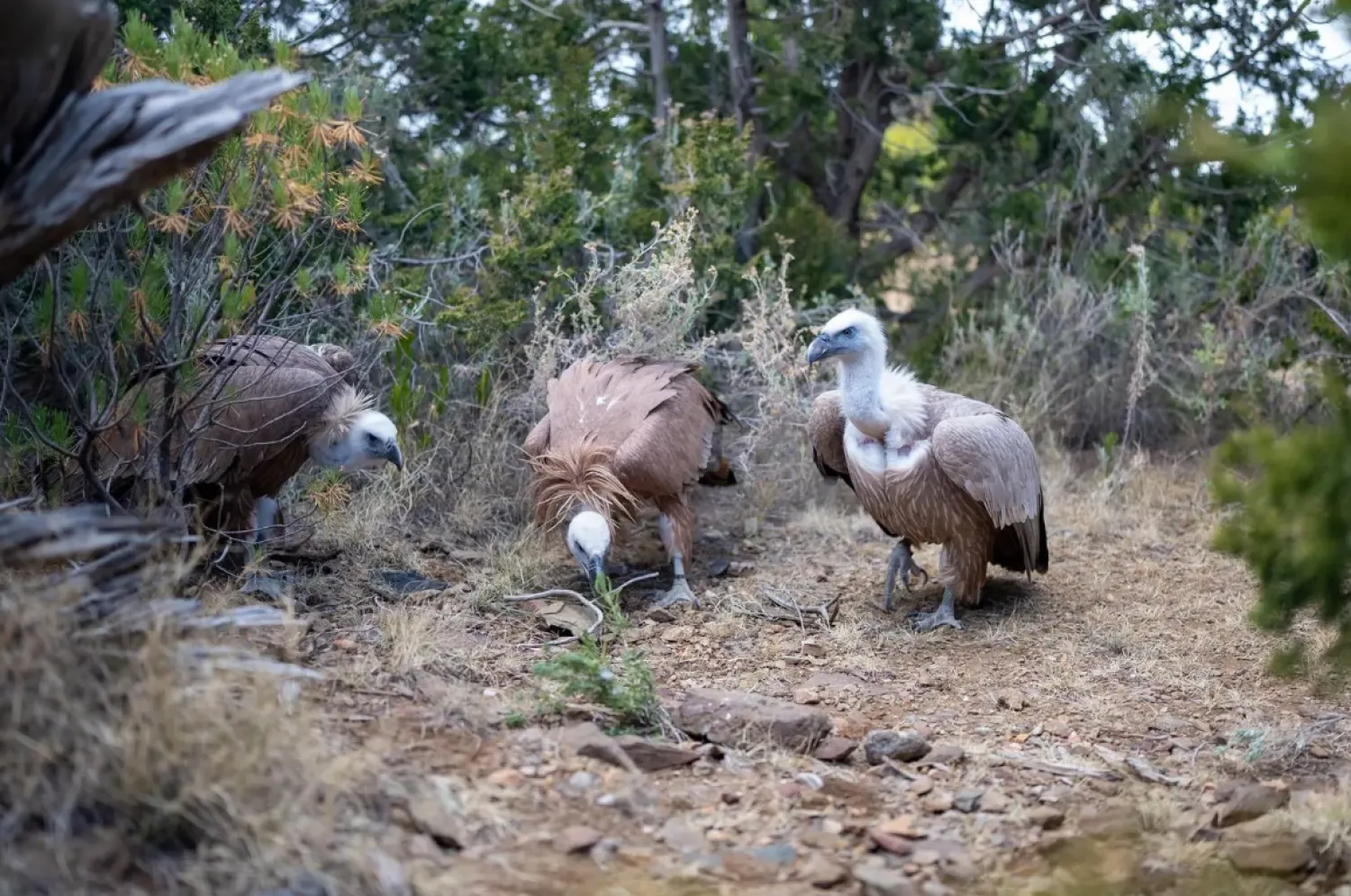Two Chinese astronauts this week completed a world-record spacewalk of more than nine hours, according to a statement from China's Manned Space Agency, marking another milestone for Beijing's rapidly expanding space program.
The spacewalk, carried out by Cai Xuzhe and Song Lingdong outside the Tiangong space station in low-Earth orbit on Tuesday, was at least four minutes longer than the last record set by NASA astronauts James Voss and Susan Helms in 2001, according to Reuters.
The two astronauts of China's Shenzhou-19 mission donned their Feitian spacesuits to carry out an array of tasks on the station's exterior, including the installation of space-debris protection devices, China's space agency said.
"They successfully completed all the planned tasks and felt very excited about it," Wu Hao, a staffer from the China Astronaut Research and Training Center, told China Central Television, a state broadcaster.
The former Soviet Union in 1965 became the first nation to carry out a spacewalk. Since then, Russia and the United States have conducted hundreds of such missions, primarily outside the International Space Station for tasks ranging from solar panel installations to materials research.
The first spacewalk by a Chinese astronaut occurred in 2008.
China's spacewalking milestone this week comes amid a flurry of other recent cosmic achievements that have boosted Beijing's competitive footing with the United States.
China landed its first rover on Mars in 2021 and earlier this year became the first country to retrieve rock samples from the moon's treacherous far side in its Chang'e-6 mission.
Beijing is targeting 2030 to land its first astronauts on the moon to become the second country after the US to put humans there. Beijing has courted roughly a dozen countries for its International Lunar Research Station program, an effort to build a moon base on the moon's south pole.
That program rivals NASA's Artemis program, which aims to return US astronauts to the moon for the first time since the final Apollo mission of 1972.









